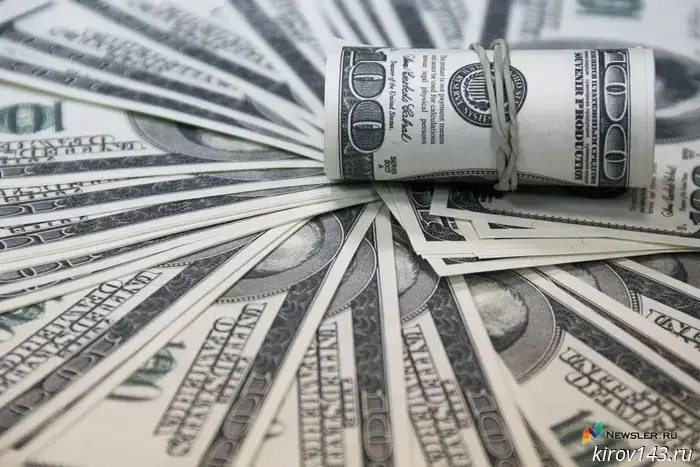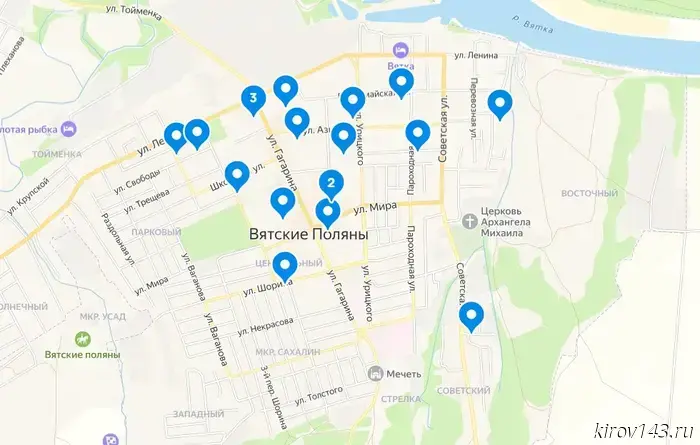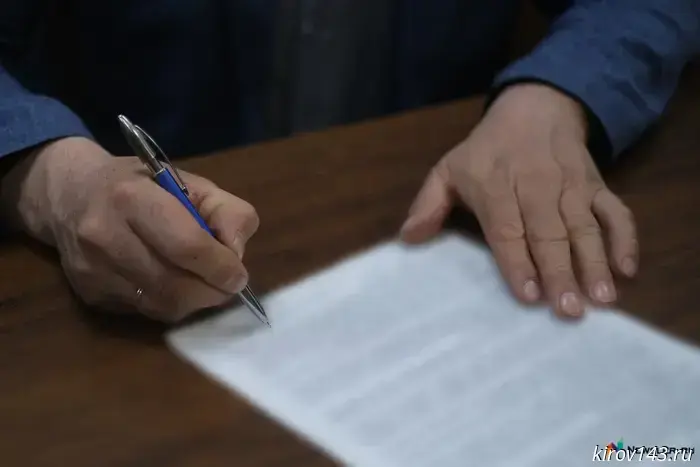
Old and New dollars: Differences, risks, and Exchange tips
The main differences between old and new dollars
U.S. banknotes issued before the 1990s are characterized by a minimalistic design and lack of modern security features: watermarks, metallic threads and colored inserts. Please note that the portraits of the presidents are much smaller and shifted to the left. In addition, the bills are printed on light, almost white paper without additional colors, which is why they were previously called "white dollars."
The large-scale modernization of banknotes began with the redesign of the $100 bill in 1996 after a 67-year hiatus. In 1997-2008, the denominations of $50, $20, $10 and $5 were updated. At these stages, key security elements were added: colored ink, watermarks, security threads with micro-printing and optically variable images (OVI). In 2013, the latest design of the current 100 dollar bill was released. However, dollar bills of various series can now be found in circulation, starting in 1928.
"The introduction of new dollars represents an important step in strengthening the national currency and increasing its security. Improved security features significantly complicate the possibility of counterfeiting, increase confidence in banknotes and ensure their safety. In addition, the new dollars comply with modern international standards, which facilitates international transactions and strengthens the country's financial stability," comments Anna Bebenina, Head of the Payment Services Development Department at Khlynov Bank.
Purchase opportunities and risks
Buying old dollars is usually possible, but there are some aspects to consider.:
Authentication: Old banknotes are more difficult to verify for authenticity due to the lack of modern security features. It is best to buy old banknotes in trusted places, such as banks or specialized exchange offices.
Collector Value: Some old dollar bills may be of interest to collectors, especially if they are rare and in excellent condition. In such cases, their cost may significantly exceed the nominal value.
The validity period of old dollars
All US dollar banknotes issued earlier than 2009 retain the status of perpetual legal tender in the country. The Federal Reserve System (FRS) guarantees that any banknotes issued since 1914 will be accepted into calculations regardless of the year of issue.
However, old-style banknotes (especially those with a face value of $100) may face operational restrictions outside the United States. Financial institutions and exchange offices in a number of countries, including China, Malaysia, Indonesia, and South Africa, often refuse to accept old-style banknotes due
to increased authentication risks.
Lack of modern protective elements.
The internal rules of institutions for working with currency.
When planning trips abroad, it is extremely important to study the specifics of monetary circulation in the country in advance. This will avoid additional costs when exchanging currencies (for example, old US dollars can be accepted at exchange offices at a reduced rate), as well as eliminate the risk of rejection. In addition, if you plan to keep your savings in a foreign currency, it is best to choose banknotes of the latest issue series. You can check the banknotes by the serial number (letter at the beginning: D — 1996, J — 2009).
Since the beginning of this year, customers of Khlynov Bank have been able to purchase dollars of new issue series to eliminate possible risks when making payments abroad. To clarify the availability of currency, please call: 8 (800) 250-2-777 or at the offices of Khlynov Bank.
Другие Новости Кирова (НЗК)
 Prosecutor: to refuse to satisfy the stated demands for renaming streets
In the Kirov regional court, there are debates at a meeting on challenging the decisions of the City Duma on renaming the central streets of the city.
Prosecutor: to refuse to satisfy the stated demands for renaming streets
In the Kirov regional court, there are debates at a meeting on challenging the decisions of the City Duma on renaming the central streets of the city.
 Sabantuy inflated the prices of apartments in Vyatka Polyany
Before the upcoming All-Russian Sabantuy, organized by the regional authorities to celebrate the end of the sowing season in Tatarstan, the cost of renting apartments in Vyatka Polyany and surrounding settlements has increased significantly.
Sabantuy inflated the prices of apartments in Vyatka Polyany
Before the upcoming All-Russian Sabantuy, organized by the regional authorities to celebrate the end of the sowing season in Tatarstan, the cost of renting apartments in Vyatka Polyany and surrounding settlements has increased significantly.
 The road to the railway station was repaired in Kirovo-Chepetsk
Landscaping of the surrounding area continues.
The road to the railway station was repaired in Kirovo-Chepetsk
Landscaping of the surrounding area continues.
 An employee of the railway was detained in Kirov for accepting a bribe
An employee of the Kirov region of the Gorky Railway is suspected of signing documents on unfinished work in exchange for a bribe.
An employee of the railway was detained in Kirov for accepting a bribe
An employee of the Kirov region of the Gorky Railway is suspected of signing documents on unfinished work in exchange for a bribe.
 In jail, Dolgikh wanted to get married
Anton Dolgikh, who is in jail on charges of bribery, decided to tie the knot with the mother of his children, Tatiana Makarova.
In jail, Dolgikh wanted to get married
Anton Dolgikh, who is in jail on charges of bribery, decided to tie the knot with the mother of his children, Tatiana Makarova.
 In the Kirov region, a mother on maternity leave was illegally fired from her job
The prosecutor's office of the Kirov region helped the woman to recover at work after the employer terminated the employment contract with her without grounds.
In the Kirov region, a mother on maternity leave was illegally fired from her job
The prosecutor's office of the Kirov region helped the woman to recover at work after the employer terminated the employment contract with her without grounds.
Old and New dollars: Differences, risks, and Exchange tips
Owners of old—style dollar banknotes often face problems when exchanging them, both abroad and in Russian banks. Anna Bebenina, Head of the Payment Services Development Department at Khlynov Bank, explains why difficulties arise, where such bills can be exchanged and how they differ from modern ones.
